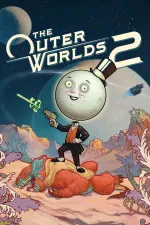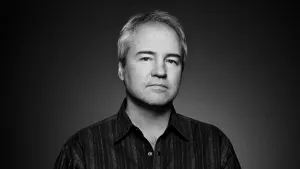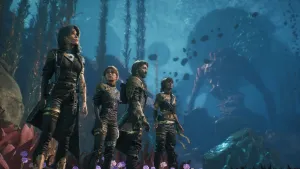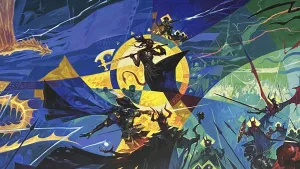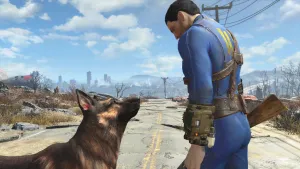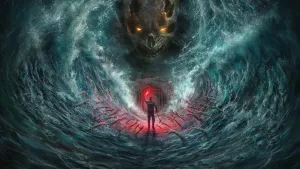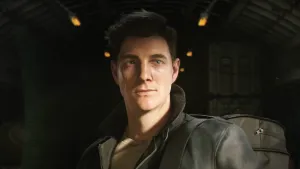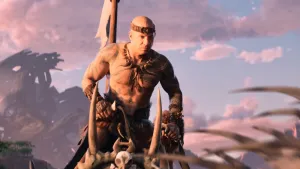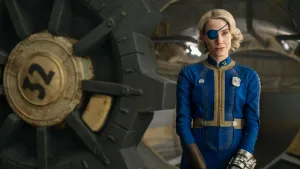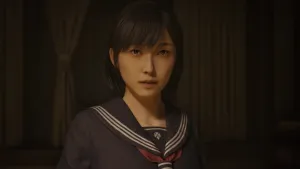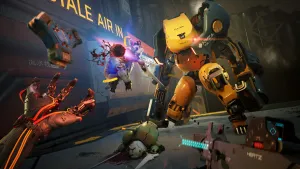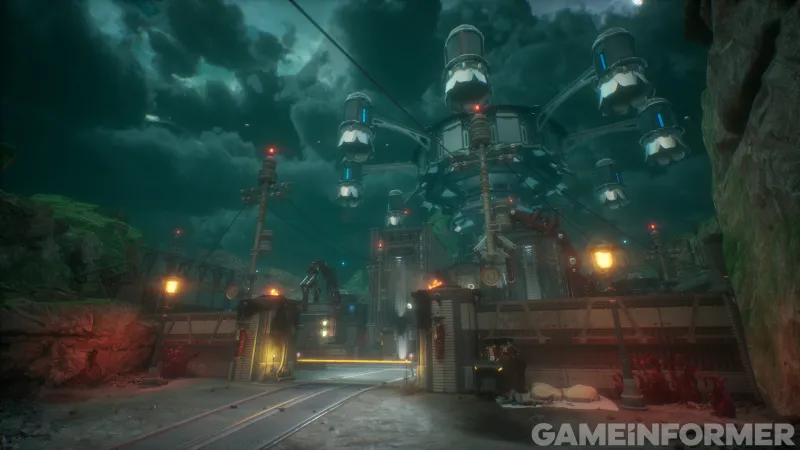
Our extra-large special edition is here. Subscribe today and receive the 25% longer issue at no extra cost!
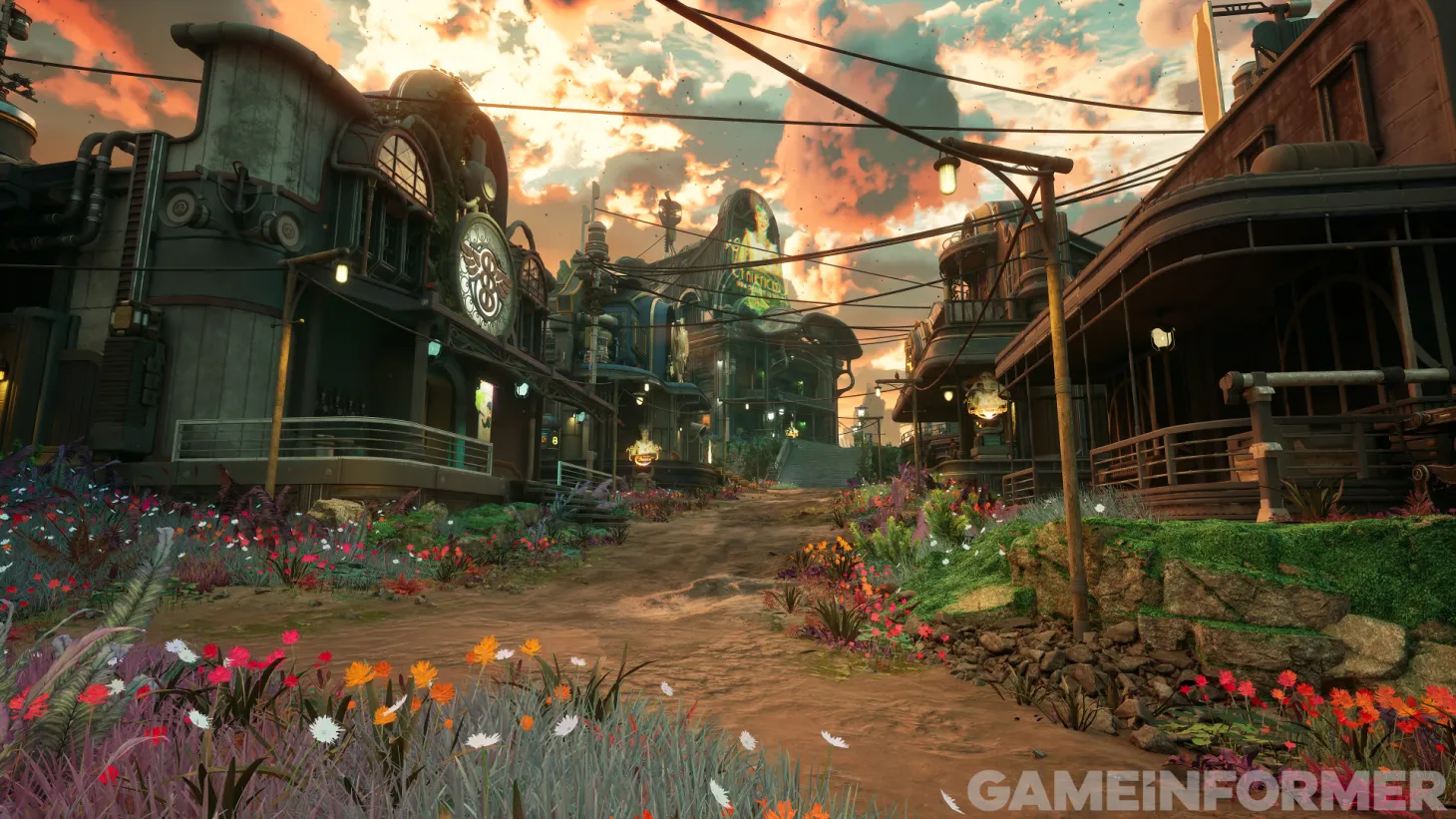
The Outer Worlds 2: 8 Fun Facts About Its First Biome, Paradise Island
As part of our cover story for The Outer Worlds 2, we were treated to an exclusive demo of the game’s first open-world area: Paradise Island. This idyllic destination is located on a moon called Eden, and while it may sound lovely, it’s embroiled in a three-way conflict between the game’s primary factions: The authoritarian Protectorate, the ruthlessly capitalist Auntie’s Choice, and the scientific church that is the Order of the Ascendant.
Following The Outer Worlds 2’s prologue chapter, this is where players become truly acclimated with the game’s new and improved systems in an open-world setting. After exploring Paradise for a couple of hours and speaking to the developers about their approach to creating it, here are some of the most interesting facts we learned about this destination.

The Bridge Mission Is The First Centerpiece Of Branching Mission Design
Shortly after arriving at Paradise Island, you’re tasked with infiltrating a Protectorate base housing a towering transmitter called the Vox Relay. There’s only one big problem: The facility sits on the other side of a chasm, and is accessible only by crossing a heavily guarded drawbridge.
This mission offers the first big example of The Outer Worlds 2’s larger emphasis on branching mission design and player choice. A Protectorate guard may let you pass in exchange for hunting down two traitors to their organization. You can explore the surrounding area for any hidden pathways behind enemy lines.
Fellow editor Wesley LeBlanc, who played the same demo alongside me, somehow managed to obtain jump boots that allow him to leap and boost over a secondary entrance shrouded in a deadly gas called Zyrainium, bypassing the bridge completely. Helping a nearby forward operating base may net you some well-armed backup to storm the bridge head-on. You may even choose to sell out an ally in exchange for passage. And before you ask, no, you can’t just fly your ship across the bridge because the airspace is riddled with floating mines.
As design director Matt Singh explains, “[Game director Brandon Adler] in particular really wanted that bridge experience to exemplify 'How can we get as many different choices, different ways that the player can get across this objective, specifically' in the game?” Obsidian states there are upwards of six fully supported methods for completing this mission, and that’s not including more creative solutions you could concoct on your own. Paradise Island’s Vox Relay mission offers the first of what Obsidian promises will be multiple missions throughout the game featuring this high level of variance and flexibility.
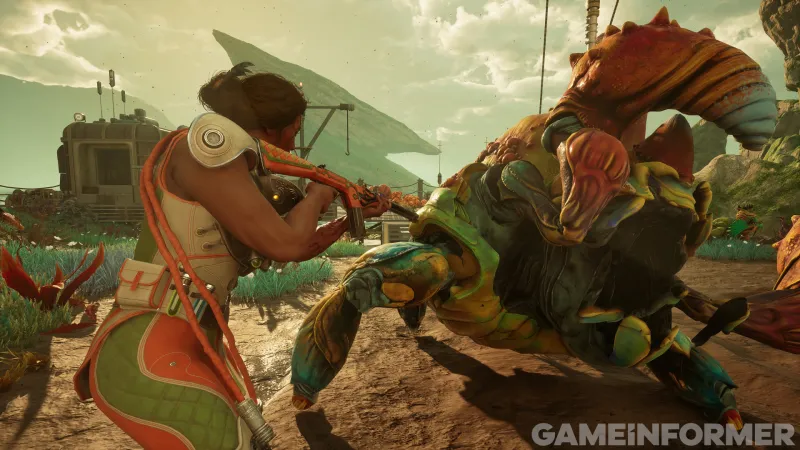
The Island’s Terrain Encourages Players To Use Their New Mobility Options
Traversal in The Outer Worlds 2 has been vastly improved, now allowing players to perform parkour-inspired maneuvers such as vaulting over objects, executing running slides, and more. This also inspired Obsidian to make its enemies as nimble as the player, allowing them to design more exciting combat encounters.
But more than anything, Obsidian hopes that making exploration more fun will inspire players to poke around Paradise Island and other locales more than they would have in the previous game. “We do our jobs well of showing all the different locations that people can go and see,” says Adler. We've kind of pulled them off the beaten path, but the actual fun of traversal is the thing that I think gets them to stick around, to really want to go and try doing those things versus kind of putting their attention somewhere else.”
You Can Spend Over A Dozen Hours Exploring It
When I ask Obsidian the scope of Paradise Island, Matt Singh states that if players mainlined the story content, they could get through it “fairly quickly.” He also added that those who want to explore more thoroughly can spend “a dozen-plus hours” doing so. I believe him. Within minutes of entering Fairfield, the first town you encounter in Paradise Island, I quickly picked up several side quests from its colorful residents as well as bounties.
Compared to later biomes, Adler describes Paradise Island as one of the larger zones in The Outer Worlds 2. “But the other ones are not much smaller,” Adler explains. “It's just when we were doing [Paradise Island], we wanted to see how far we could push things…we spent a lot of time kind of referencing other games, looking at pacing between all of the different [points of interest], things like that. So Paradise Island ended up being pretty big and meaty.”
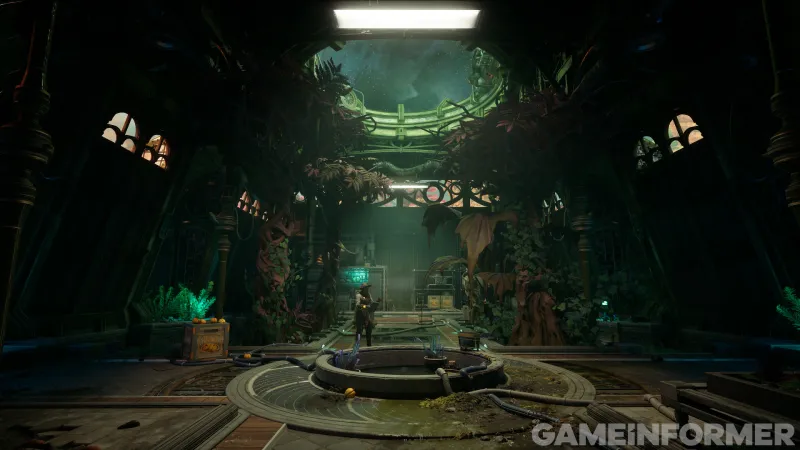
It Looked Completely Different Early In Development
The earliest version of Paradise Island looked less like a semi-wild tropical paradise and much more like a multicolored farmland. “[Paradise Island] had very cool, multicolored crops that were all over the place; very beautiful, very colored, different colors of the rainbow, things like that,” says Brandon Adler. The idea was to play off Arcadia’s abundant resources and largely untamed nature; Paradise Island is not a central destination in Eden, but rather a partially civilized self-contained zone designed to capture the frontier-like feel that permeated several of the settlements in the first game.
Auntie’s Choice Introduced Rapitdons To The Island
I tilted my head in surprise and confusion when I first encountered Rapitdons on Paradise Island. “Aren’t these guys only found in Halycon?” I asked myself. I’m technically correct, as the ferocious beasts players battled in the first game are not endemic to Eden. Rather, they were brought there by Auntie’s Choice as a form of biological weapon against the Protectorate. As you explore Paradise Island, you’ll likely come across the empty canisters that once contained these dangerous creatures. Naturally, Auntie executed this strategy with little regard for the natural ecosystem, as the Raptidons seem to be thriving in certain parts of Paradise Island at the expense of anyone unfortunate enough to cross into their territories.
Mission Opportunities Can Arise Over The Radio
Radio stations play a significant role in world-building in The Outer Worlds 2. In addition to giving each faction a voice thanks to their dedicated stations broadcasting their unique forms of propaganda, venturing into specific territories of Paradise Island may trigger broadcasts offering mission opportunities. So keep your radio on and your ears open.
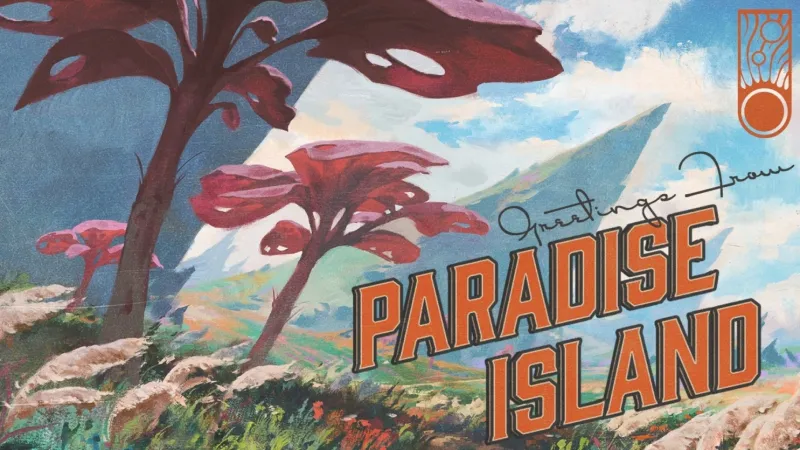
The Day/Night Cycle Is Purely Aesthetic
Whether you’re blasting enemies under the sun or by moonlight, the experience of exploring Paradise Island doesn’t change. However, that wasn’t always the case. Obsidian toyed early on with having certain content restricted by time of day, such as characters that changed locations during certain times. But the team found it wasn’t utilizing this mechanic in enough places to justify it, so the decision was made to abandon the idea in favor of a more consistent mission structure. “Those things were interesting, but we felt we could do a better job of creating the content if we didn't have that additional change,” says Adler.
You Probably Won’t See Everything During Your First Visit
As you explore Paradise Island, you’ll encounter zones with enemies too powerful to deal with at your early character level. When I tackled the Vox Relay mission, the Protecorate goons I encountered were far tougher than anything I’d fought up to that point, necessitating a stealthy approach. These tougher zones incentivize players to get stronger to conquer them later for whatever rewards they may find. Additionally, expect to pick up quests that will send you back to Paradise Island to engage in new content. For example, Rifts, the tears in reality at the center of the game’s conflict, can be spotted all over the island; once you gain the ability to manipulate them, a host of new activities open up on the Island.
“One of the things I really like about it is just a sense of discovery,” says Singh. “There's a lot of stuff to miss in Paradise Island, right? And what that means is you get a lot of different people that are going to play through that and [have] a very different experience. By the end of it, you may have different gadgets than somebody else. Maybe you discovered a pet and now you've got it on your ship. Maybe you didn't. Maybe you bartered and have certain companions, or you don't because you took a different path. All of these things kind of modify the player's story, which we think are signs of [a] good RPG.”
You can read our full cover story on The Outer Worlds 2 by visiting gameinformer.com/subscribe to gain instant access to the digital issue and receive a physical edition in the mail.
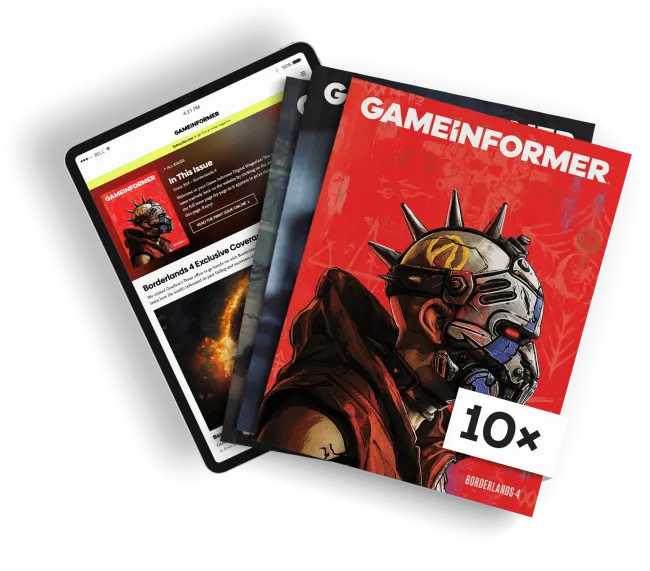
Get the Game Informer Print Edition!
Explore your favorite games in premium print format, delivered to your door.
- 10 issues per year
- Only $4.80 per issue
- Full digital magazine archive access
- Since 1991
